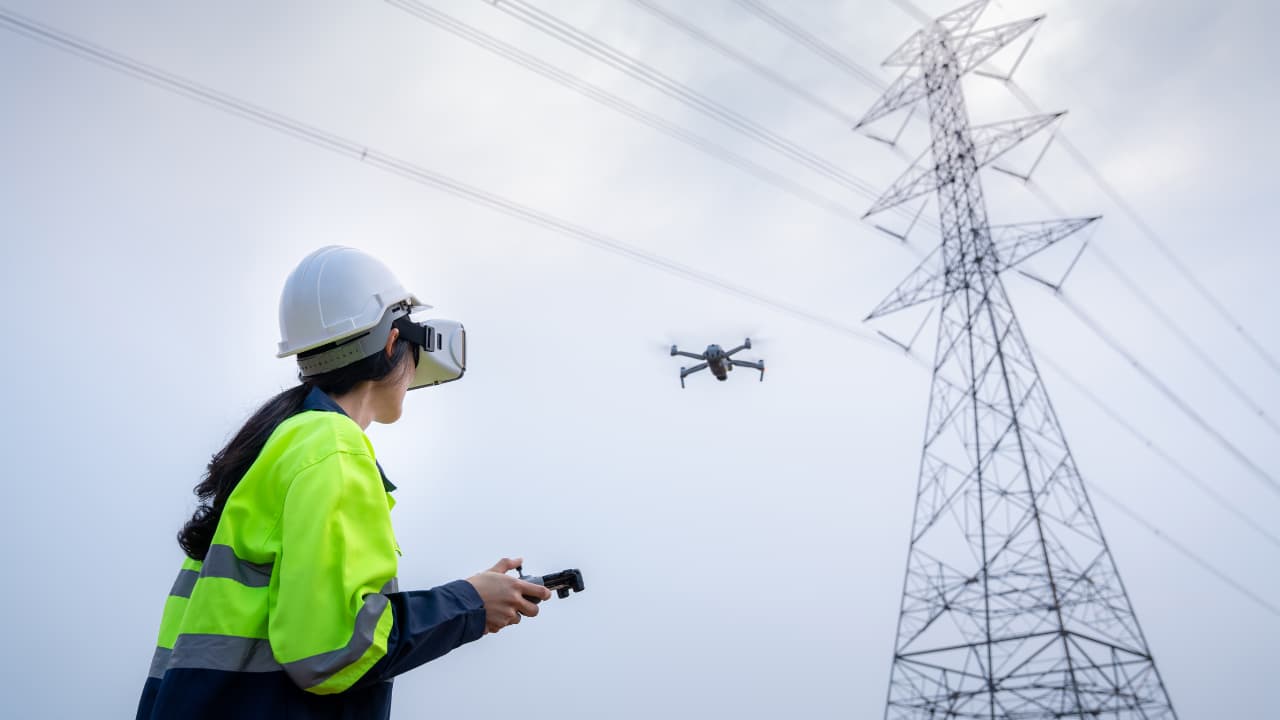Virtual Reality (VR) is transforming structural engineering by providing innovative solutions that enhance design accuracy, safety, and project management. Here are 11 benefits of using VR in structural engineering:
11 Benefits of Virtual Reality in Structural Engineering
1. Enhanced Safety Training
VR provides a safe and controlled environment for safety training. Engineers can experience and respond to simulated hazardous situations, such as working at heights or handling heavy machinery, without the associated risks. This prepares them better for real-world scenarios.
See Our All – VR Safety Training Modules
2. Improved Fire Safety
With VR, structural engineers can simulate fire scenarios and test the effectiveness of fire safety measures. This helps in designing buildings that are better equipped to handle fire emergencies, ensuring the safety of occupants and property.
3. Electrical Safety Training
VR allows for immersive electrical safety training, where engineers can practice identifying and mitigating electrical hazards. This reduces the risk of electrical accidents on-site and ensures compliance with safety standards.
4. Enhanced Design Visualization
VR enables engineers to create and explore 3D models of structures in a fully immersive environment. This enhances understanding of spatial relationships and design intricacies, leading to better-informed decisions and improved design quality.
5. Early Detection of Design Flaws
By visualizing projects in VR, engineers can identify and address design flaws early in the process. This proactive approach minimizes costly changes and delays during construction, ensuring a smoother project execution.
6. Streamlined Collaboration
VR Training facilitates better collaboration among project stakeholders, including architects, engineers, and clients. A shared virtual environment allows for real-time interaction and discussion, leading to improved communication and coordinated efforts.
7. Efficient Design Iterations
Virtual Reality allows for quick and cost-effective design iterations. Engineers can make real-time adjustments based on feedback or new insights, ensuring that the final design meets all requirements and expectations.
8. Detailed Project Simulations
VR enables detailed simulations of structural behavior under various conditions, such as load stresses, weather impacts, and seismic activity. These simulations help engineers design structures that are resilient and durable.
9. Improved Client Presentations
Using VR, engineers can create compelling presentations that allow clients to virtually explore and understand the design. This immersive experience enhances client engagement and satisfaction, making it easier to communicate complex ideas.
10. Better Training and Skill Development
VR provides a valuable platform for training and skill development. Engineers can practice and hone their skills in a realistic virtual environment, leading to improved performance and productivity on actual projects.
11. Sustainable Design Practices
VR helps engineers explore and evaluate sustainable design options by simulating different scenarios and their environmental impacts. This leads to the creation of eco-friendly structures that are energy-efficient and have a reduced carbon footprint.
Conclusion
The integration of Virtual Reality in structural engineering offers numerous benefits, from enhanced safety training and improved design visualization to better collaboration and sustainable practices. By leveraging VR technology, structural engineers can deliver higher quality projects, increase safety, and ensure client satisfaction.
As VR continues to advance, its applications in structural engineering will expand, providing even more innovative solutions for design and construction challenges. Embracing VR now can position engineering firms for long-term success and leadership in the industry.

